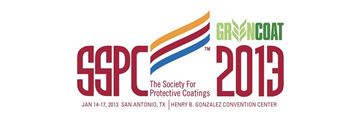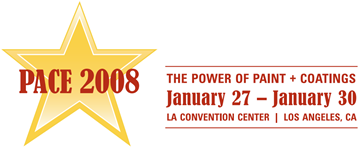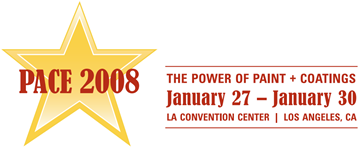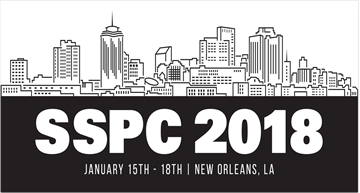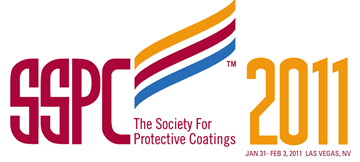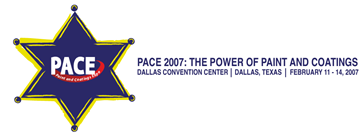Search
SSPC Conference Papers
Legacy SSPC Conference Papers
View as
Sort by
Display
per page
What’s a Polyurea Elastomer Contractor to Do?
Product Number:
41206-279-SG
Publication Date:
2006
$20.00
When Size Does Matter: An In-Depth Analysis of Brooklyn Bridge Project Data to Determine the Most Efficient Size of Abrasive Blast Containment Units and the Workforce
Product Number:
41214-831-SG
Publication Date:
2014
$20.00
When Undercover Agents are Tested to the Limit: Coatings in Action (CIA) and Corrosion Under Insulation (CUI) at High Temperature
Product Number:
41213-774-SG
Publication Date:
2013
$20.00
When Undercover Agents Can’t Stand the Heat” The CIA and the Nether World of Corrosion Under Insulation (CUI)
Product Number:
41212-694-SG
Publication Date:
2012
$20.00
Who Says I Can’t Blast This Way! Regulations & Standards Affecting Safe Abrasive Blasting
Product Number:
41208-412-SG
Publication Date:
2008
$20.00
Why Certified Inspection Should be Written into Coating Specifications
Product Number:
51218-091-SG
Publication Date:
2018
$20.00
Why Do We Record the Attributes of a Coating Failure as a Result of an Adhesion Test?
Product Number:
51220-229-SG
Publication Date:
2020
$20.00
Why Epoxy Coatings are the Most Practical Lining Material for Municipal Manhole Rehabilitations Where Elevated Levels of H2S/Sulfuric Acid are Present
Product Number:
51220-231-SG
Publication Date:
2020
$20.00
Why Would Anyone Not Galvanize Steel if They Can?
Product Number:
41211-608-SG
Publication Date:
2011
$20.00
Windmills - Fast Production Schedules with Novel Zinc Primers and Polyaspartic Ester Topcoats
Product Number:
41205-188-SG
Publication Date:
2005
$20.00



